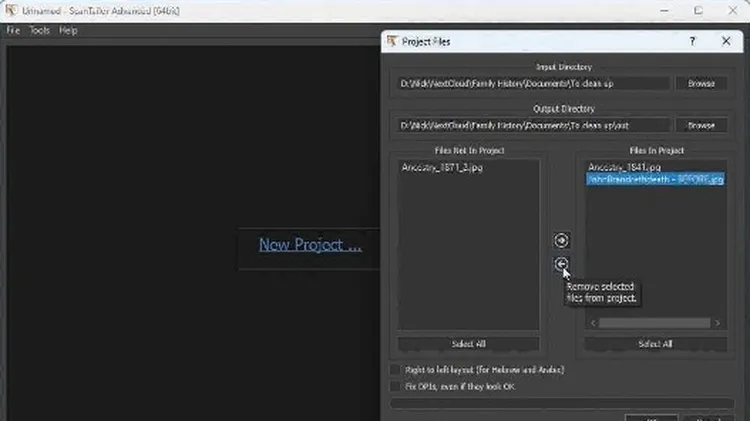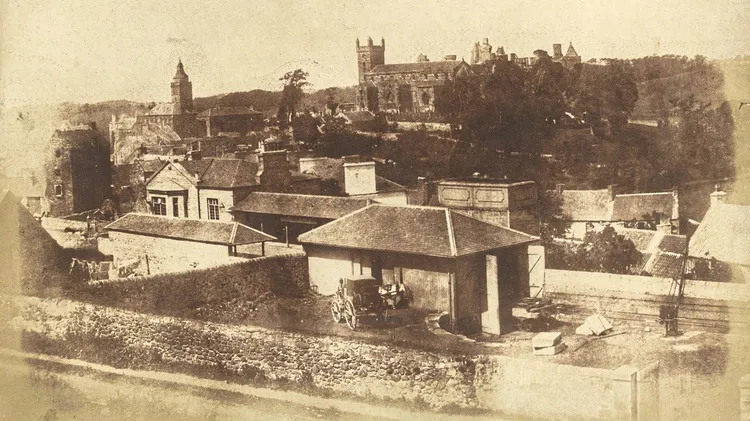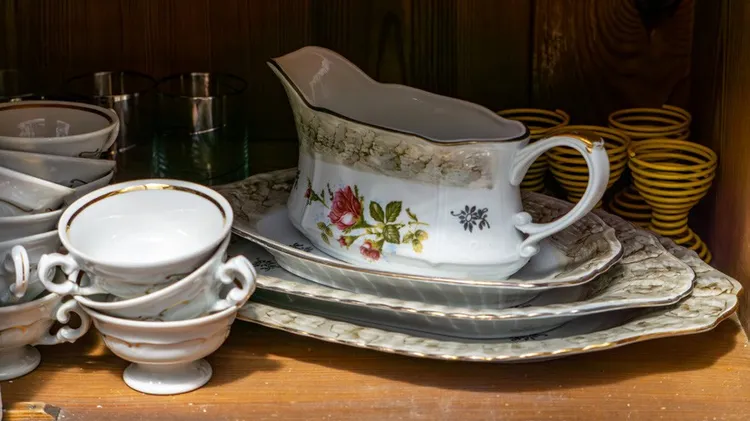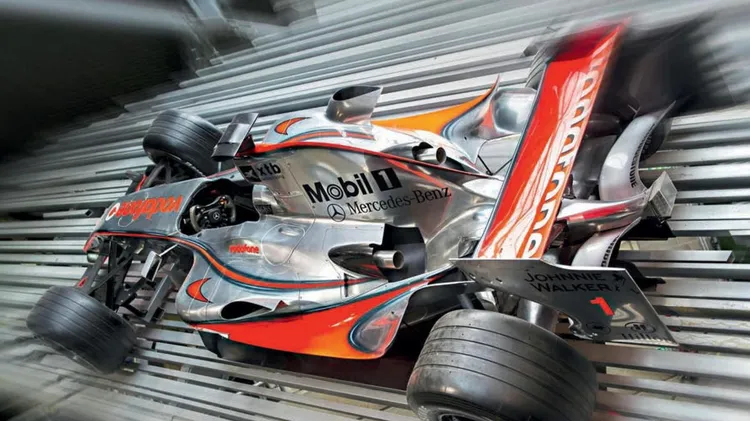Learn about the kit you need and the knowledg
Preparing yourfamily history prints for scanning
6 min read
This article is from...
Read this article and 8000+ more magazines and newspapers on Readly






